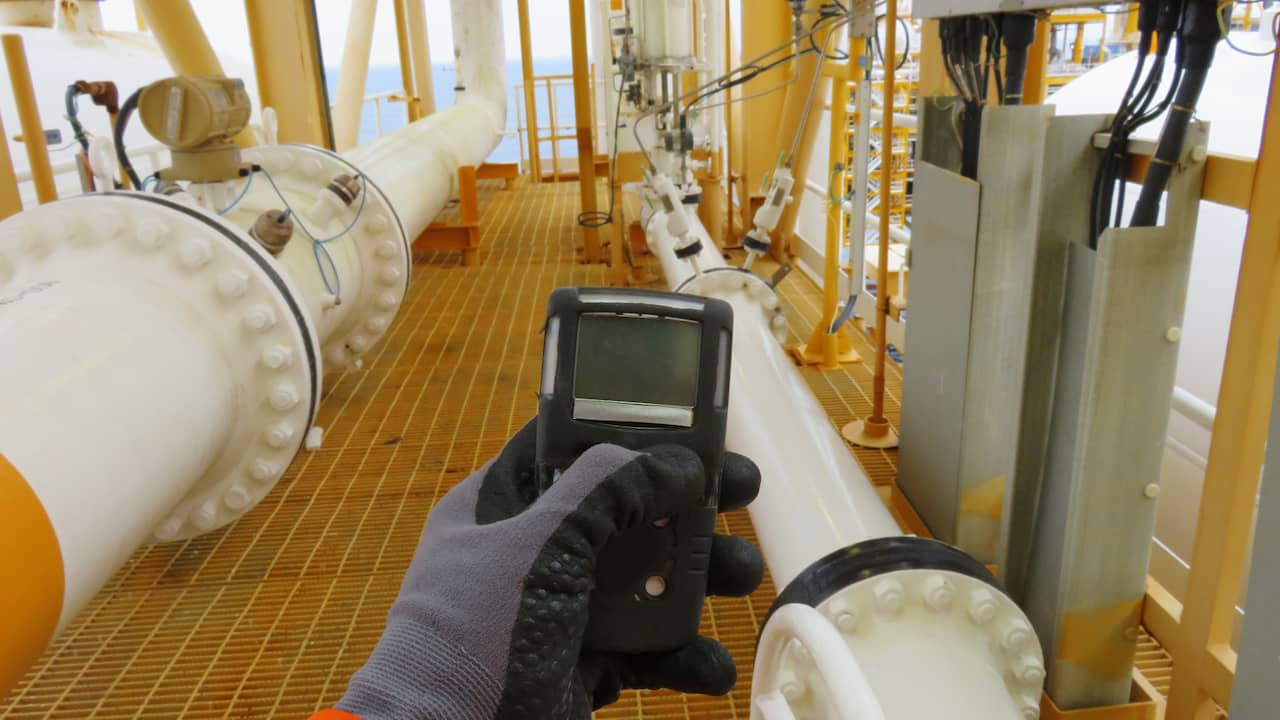Invisible methane leaking into the atmosphere is now a thing of the past thanks to Dutch space research. Leaking gas fields and other super emitters can now be detected directly. This makes the global approach to climate change somewhat promising.
About 30% of global warming is caused not by carbon dioxide, but by another important greenhouse gas: methane.
The atmosphere now contains about twice as much methane as it did before the start of the first industrial revolution. And that increase continues.
In tackling this problem, ultra-high emissions are the low-hanging fruit, says the Dutch space research institute SRON.
“Some oil and gas facilities, coal mines and landfills emit huge amounts of methane,” the institute says. “Relatively simple fixes can lead to significant climate benefits.”
You can only repair a bike tire after discovering a leak
But then superemitters must be found. There is an old problem with methane: the sources of emissions are less clear than carbon dioxide.
Carbon dioxide is the end product of combustion. If you know how much oil, gas or coal is being burned somewhere, you can reasonably estimate the amount of carbon dioxide being emitted into the air there.
This is more difficult with methane. This results from, among other things, the decomposition of biomass under oxygen-poor conditions. This can happen, for example, in rice fields, cow stomachs, sewers and garbage dumps. But how much gas? This is often a gamble.
Leaks from the oil and gas industry and leaks from coal mines are the main causes of increased methane in the atmosphere. The industry also does not provide clear numbers.
2:03 Afspelen knop
The Dutch laid the foundation for methane solution
For a while there was less interest in identifying all the sources: the methane problem seemed to be solving itself. Between 2000 and 2010 there was almost a plateau.
But in the past 10 years, the increase in methane has accelerated. Therefore, time to find a solution is running out.
Dutch researchers laid the groundwork for this solution several years ago. They launched the Tropomi climate satellite in 2017. Tropomi is the only satellite that can measure variations in methane concentration in great detail. KNMI Weather Institute leads the program.
Methane peaks can be traced back to the source through reconstructions
Tropomi orbits the Earth in 100 minutes and makes continuous measurements. Then the next challenge arises: making sense of the data chaos.
SRON’s methane specialists have been experimenting with it by hand for a while. But because the gases mix quickly in the air, it’s like searching for a needle in a haystack. To find a leak, you have to be on top of the measurements.
Who can do that better than a computer? Machine learning is the buzzword. When the satellite flies, the computer records all the peaks. Based on wind direction and wind speed, it automatically reconstructs the asset.
Ook ouderwetse vuilnisbelten blijken een belangrijke bron van methaan
Foto: Getty Images
Gas extraction, coal mines and landfills share responsibility
Results? World map showing dozens of present-day methane plumes. SRON updates this map every week. “The added value is that for the first time there is a global overview,” Berend Schuette tells NU.nl.
It shows that the oil and gas industry, coal mines and urban areas are responsible for about a third of the increase in methane. “It struck me that cities are also an important source,” says Schuette. “After all, the large number of leaks is all over the world.”
Landfills around large cities are a major source of methane. This also applies to sewage systems and leaks in the natural gas network in built-up areas.
Increased methane gas has no natural cause
Natural sources of methane can now also be better detected. This is how gas is naturally formed in swamps. Schuette knows that all natural sources account for only 40% of global emissions.
The fact that methane only stays in the atmosphere for a few years (before it turns into carbon dioxide) also explains the doubling of the concentration compared to the historical concentration.








More Stories
GALA lacks a chapter on e-health
Weird beer can taste really good.
Planets contain much more water than previously thought